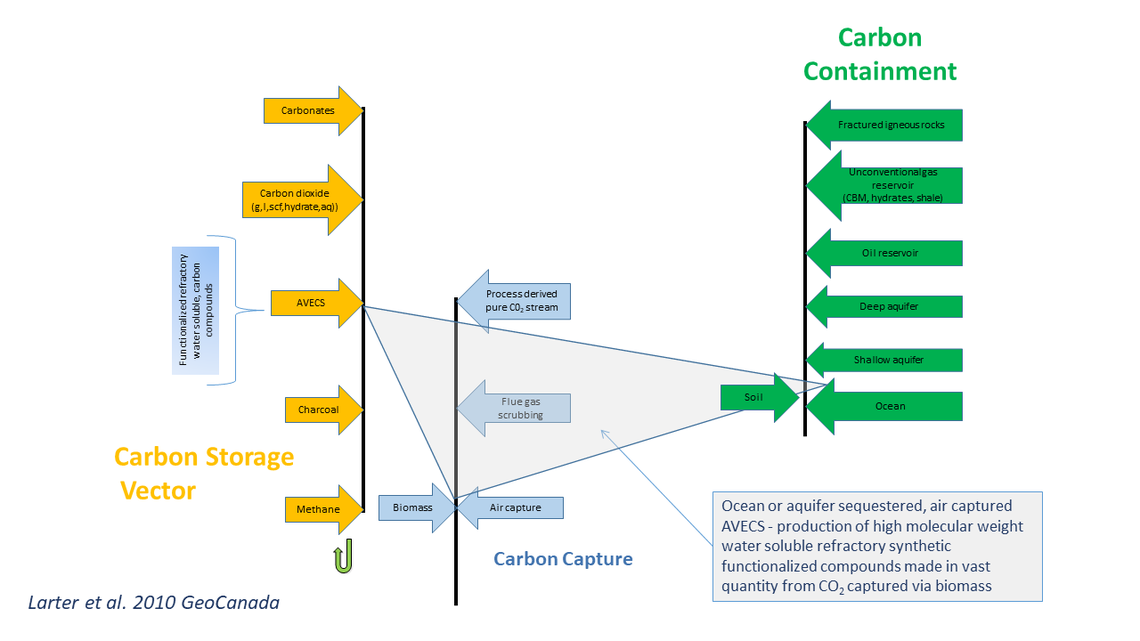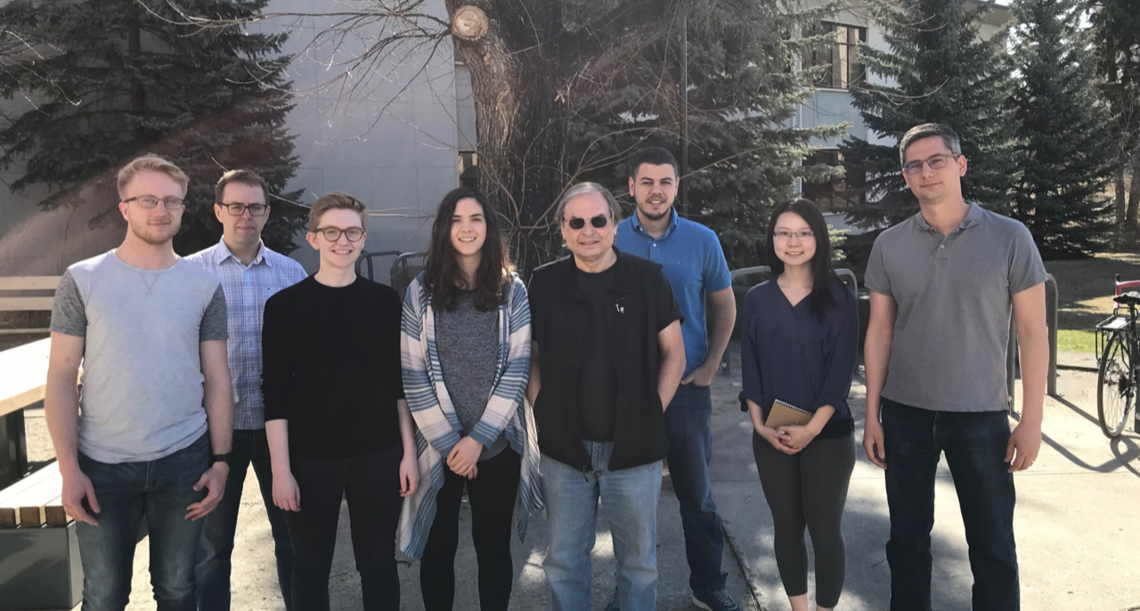Negative Emissions Technologies
AVECS
Current CO2 storage inventories are in the few tens of millions of tons of captured CO2 annually, with the development of Carbon Engineering’s Megaton/year scale pilot plant being an exciting scaling of the options. However active removal of carbon from the atmosphere at gigaton scale annually is a requirement for climate mitigation strategies in the later part of the 21st century. This is a very grand challenge and an X-Prize in this area was recently announced by Elon Musk- https://www.xprize.org/prizes/elonmusk
We have several projects looking at the feasibility of gigantic scale carbon capture and storage including several Ocean based approaches and alternate routes to subsurface, soil or other forms of geological storage. We collectively term these alternate routes to secure geological storage-AVECS or “Alternate vectors for carbon storage”.
Alternative Vectors for Carbon Storage
Sequestering the vast amount of atmospheric material that is required to limit global climate change impacts is an outstanding issue, mainly because CO2 underground storage in a supercritical phase is expensive and spatially restricted, requiring deep well sealed reservoirs. The AVECS research project addresses this issue by developing affordable and sustainable routes for carbon storage in geological settings from biologically captured CO2. Such approach is a negative CO2 emission strategy that, if successful, stands poised to immediately revolutionize carbon storage technologies and mitigate pollutant loads associated with fossil fuel use. Each step of the proposed research requires multidisciplinary expertise and collaboration with research leaders and innovators at the University of Calgary and beyond, which will ultimately enable the creation of a scientific and technological area with large potential societal impacts.

Biological capture of CO2 from air plus carbon storage as Alternate Vectors for Carbon Storage (AVECS)
The process converts microbial, algal or higher plant biomass to non-buoyant, stable and biologically refractory, water soluble forms for subsurface storage or insoluble forms for soil storage.
Three broad target AVECS forms have been identified:
- Store AVECS in shallow contaminated aquifers or oil and gas reservoirs
- Store insoluble AVECS in natural or synthetic soils as soil OM
- Store AVECS as marine DOM analogs
There are multiple biomass to geologically stable carbon conversion chemistries being developed and tested.
Activities Timeline
- 2020 September: early work on sulfurization routes to AVECS production published
- 2020 January: Revised development plan and work program focussing on terrestrial AVECS solutions-collaborations with Hu, Kibria, Van Humbeek groups-CFREF GRI Funding.
- 2019 September: Yim, C. (2019). Organic Sulfur-Bearing Species as Subsurface Carbon Storage Vectors.. University of Calgary, Calgary, AB.
- 2019 August: Goldschmidt 2019 Poster Presentation
- 2018 September: Alberta Climate Change Summit
- 2018 July: Carbon Storage Innovation Challenge
- 2018 June: AVECS talk at the Oil Sands Innovation Summit
- 2018 May: AVECS selected as part of the Faculty of Science Grand Challenge cohort: collaboration with Derksen group
- 2017 October: Alberta Climate Summit: Youth Energy Changemakers Pitch
- 2017 July: UCalgary GRI Meet and Greet Poster Session
- 2016 December: AVECS Invention Disclosure-work starts
- 2010 AVECS concept proposed at 2010 GeoCanada meeting Calgary

Names (L to R): Samuel Krukowski, Dr. Evgueni Gorobets, Emily-Claire Docking, Amy Fahlman, Dr. Steve Larter, Dr. Renzo Silva, Calista Yim, Dr. Darren Derksen, Jagos Radovic (not shown), Kalada Nkwonta (not shown)
Research Supported By

Canada First

PRG

UofC
Industry Partnership Opportunities
- Access to R&D materials that may have collateral benefits in technology development
- Potential access to, and investment possibilities in early-stage spin-out companies based around the research program
- Possibility of using your own field sites to test any deployable technology elements and processes in the field
Contact slarter@ucalgary.ca for further information.
